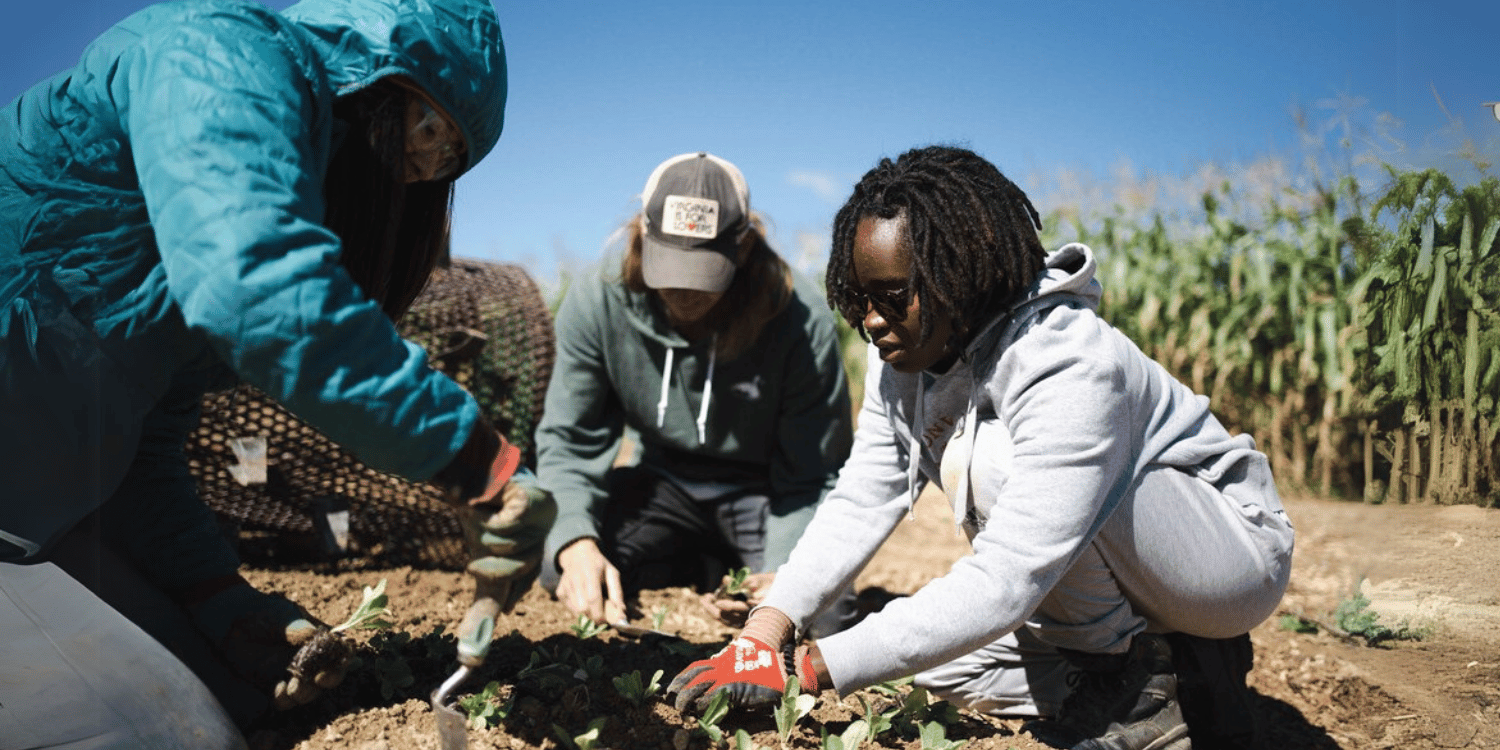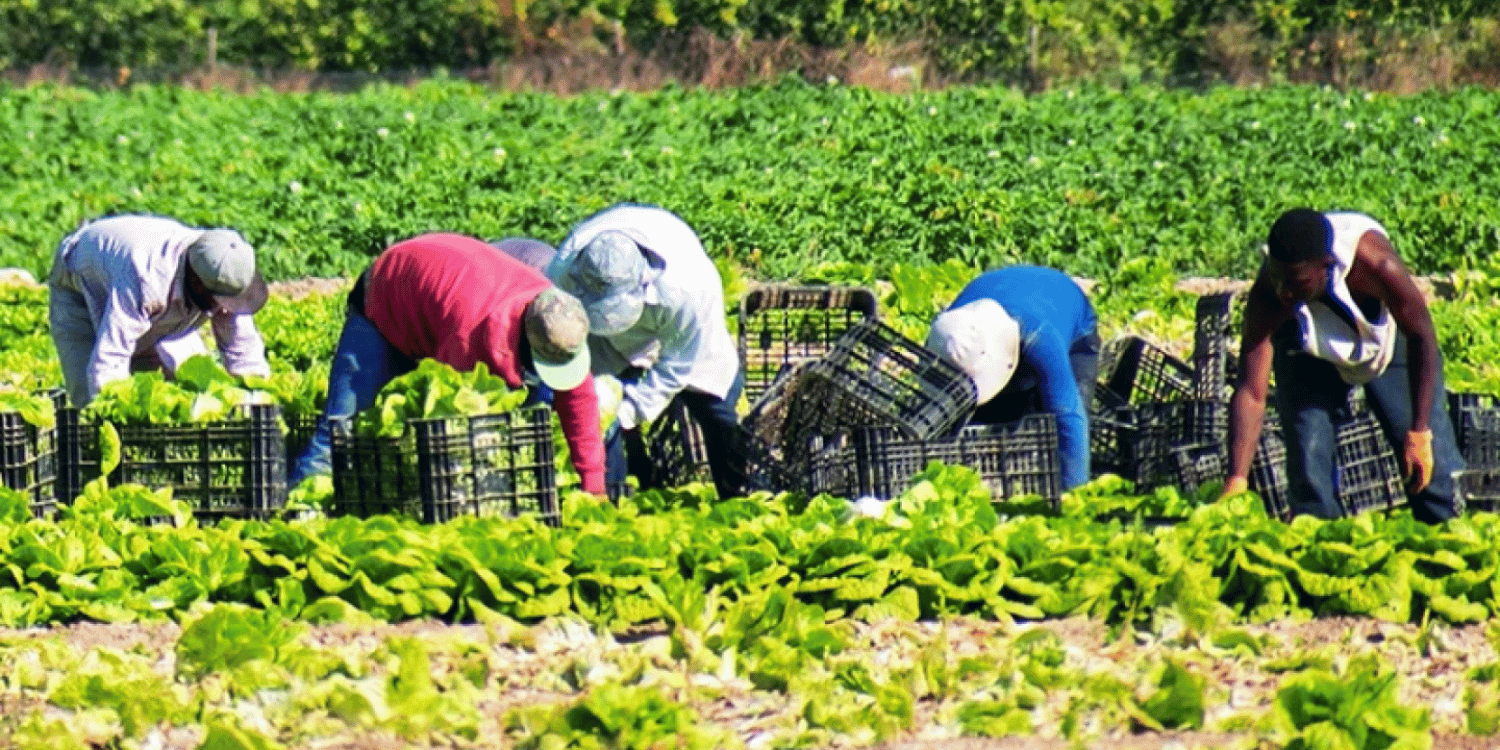Federal assistance includes $143 million for Florida crop losses from Hurricane Milton and $92 million to support livestock producers impacted by drought and wildfires across the U.S.
The U.S. Department of Agriculture (USDA) is disbursing financial assistance this week to agricultural producers affected by recent natural disasters. This support includes $143 million in crop insurance indemnities specifically allocated for Florida farmers impacted by Hurricane Milton, alongside $92 million distributed to livestock producers nationwide to cover increased supplemental feed costs resulting from drought and wildfire damages in 2022.
The crop insurance payments are part of the USDA’s efforts to assist farmers with Federal crop insurance coverage under the Hurricane Insurance Protection-Wind Index (HIP-WI) endorsement and Tropical Storm (TS) option. In addition, the payments to livestock producers are the second round of support through the Emergency Livestock Relief Program (ELRP), utilizing remaining funds to address financial shortfalls.

In a statement, Agriculture Secretary Tom Vilsack emphasized the USDA’s commitment to recovery efforts.
“Florida farmers, livestock producers, and forest landowners have been hit hard by hurricanes this year, and we’re continuing our efforts to help producers recover following hurricanes like Milton,”
He noted that the USDA has implemented flexible measures following hurricanes Debby and Helene and is extending these accommodations to those impacted by Hurricane Milton and other future storms.
According to the USDA, producers who are enrolled in HIP-WI and the TS option can expect payments from their Approved Insurance Providers (AIPs) within the next 30 days. These payments are crucial in helping farmers and rural communities recover from losses associated with Hurricane Milton.
Since the HIP-WI program was introduced in 2020, Florida producers have received about $340 million, contributing to a broader total of over $776 million distributed nationwide under this program in 2024 alone.

HIP-WI indemnities are issued without the need for producers to file claims. Payments are automatically triggered when specific counties meet eligibility criteria, as outlined in the USDA’s Product Management Bulletin 24-069. These payments are provided in addition to any other crop insurance indemnities due under existing policies.
To further support recovery, the USDA’s Risk Management Agency (RMA) has authorized emergency procedures to expedite the process of assessing losses and issuing payments. These measures are applicable throughout all counties in Florida impacted by recent storms.
Beyond crop insurance, the USDA provides extensive disaster assistance programs through the Farm Service Agency (FSA) and Natural Resources Conservation Service (NRCS). These initiatives offer vital resources to address challenges such as land rehabilitation, fence loss, debris removal, and emergency livestock mortality disposal.
Producers also benefit from expanded loan opportunities through the FSA, including emergency loans for producers in disaster-designated counties. These loans, which feature low interest rates, aim to support the replacement of essential property, purchase of livestock and feed, and refinancing of farm-related debts.
The USDA is also promoting conservation efforts through NRCS programs, such as the Environmental Quality Incentives Program, which offers both immediate and long-term support. This assistance includes restoring livestock infrastructure, managing soil erosion, and disposing of animal losses efficiently through an early-start waiver process. Moreover, NRCS’s Emergency Watershed Protection (EWP) Program provides essential post-disaster support to landowners and project sponsors working to mitigate environmental impacts.
Additional flexibilities introduced by the FSA include extended enrollment opportunities for the Emergency Conservation Program (ECP) and the Emergency Forest Restoration Program (EFRP), with the application period now open through June 1, 2025. The FSA also offers the Disaster Set-Aside Program, which allows producers unable to make scheduled payments on farm loans to defer them due to circumstances beyond their control.
The financial support for livestock producers under the ELRP was made possible by the Disaster Relief Supplemental Appropriations Act, 2023 (P.L. 117-328), signed into law by President Biden. This second round of payments, totaling over $92 million, builds on the $465 million in assistance distributed in September 2023 for livestock producers who suffered losses due to drought and wildfire in 2022.
Farmers and producers are encouraged to contact their local FSA offices or crop insurance agents to report any crop, livestock, or infrastructure losses. Additional information about disaster assistance programs, including webinars and resources, is available at farmers.gov/hurricane.
The USDA continues to prioritize building resilient food systems, promoting fairer markets, and investing in infrastructure and clean energy in rural communities. More information on the USDA’s initiatives and disaster support can be found on its official website, www.usda.gov.




















